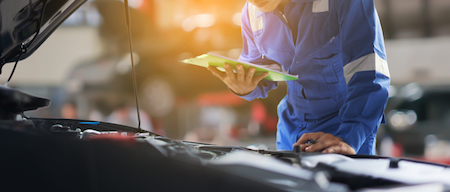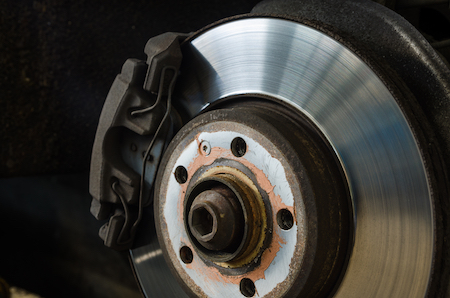Food for thought: even one instance of your car’s engine overheating can permanently damage your engine. And that can be a very expensive venture.
While you might not think Colorado is the epicenter of car engine’s overheating, it does happen. Those 100 degree days can take their toll, especially if you climb up into the mountains, or tow your boat to your favorite reservoir.
Why do engines overheat?
Engines overheat for a variety of reasons. In most cases, it’s because the cooling system isn’t operating the way it should, so heat isn’t able to escape the engine compartment. It could be from a leak in the cooling system, a radiator fan gone bad, a broken water pump, or a bad coolant hose. The moment you notice a problem, quick action should be taken. If not, your engine might sustain permanent damage.
What are the signs of an engine overheating?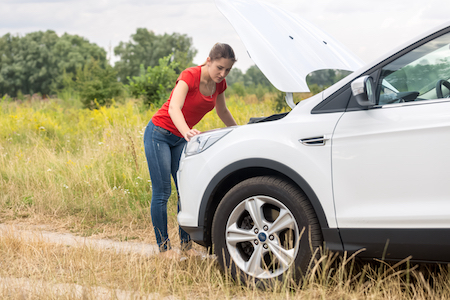
Like every part in your car, you’ll likely have a few warning signs before your car’s engine hits a critical point and overheats. Act quickly, and you can reduce the risk of irreversible damage. Watch for:
- Steam – if you notice steam escaping around the edges of your car’s hood, seek assistance
- High temperature gauge – those dashboard warning gauges are there for a reason. If you notice the gauge quickly escalating to “H” or red, you have a problem.
- Smell – any unusual smell that comes from your car engine area should be checked out. Leaking coolant will have a sweet smell, while an oil leak may have more of a burnt smell.
If you notice any of these happening to your vehicle, your quick action will make the difference between a simple repair job or complete replacement.
What to do when your engine overheats?
Engines overheat mostly in the summer for a reason. High temperatures put stress on your car, and you increase that stress by cranking up the air conditioner as high as it will go. At the first sign of overheating, turn off the air conditioner to reduce the stress. Then turn on the heat to maximum levels to help pull heat away from the engine. Pull over as soon as possible.
Once you’re safely off the road, shut off the car. Your engine will need at least 15 minutes to cool down. While you wait, watch the temperature gauge; does it move back into the normal range? You can also take note of what’s happening to share with your auto mechanic. Then start creating a plan.
You’ll need a tow truck to bring your vehicle in to be serviced. This isn’t the time to trust the local garage right off the highway. Instead, bringing your vehicle into us here at Express Car Care ensures you have a mechanic you can trust to give you the real scoop on what’s happening with your vehicle.
You can also check your coolant levels and see if they are running low. This may be a sign you have a leak in the coolant system, a broken radiator fan, or trouble with the water pump. If you do have extra coolant with you, topping it off can further help protect your engine.
While towing is your best course of action, if it’s not an option, carefully start your car after it’s cooled completely. Drive it into our shop, keeping a careful eye on the temperature gauge as you drive. Turn the car off quickly if any further signs of overheating show up.
What shouldn’t you do when your engine overheats?
We’ve all seen cars off to the side of the road, hood up, smoke billowing out all around it. In reality, opening your hood immediately isn’t good advice. Instead, wait until your engine cools before popping the hood. Opening the hood immediately puts you at greater risk of burns or injury as smoke and steam flow out. Wait until the engine temperature gauge returns to normal range before opening your hood.
Don’t ignore the problem, thinking that if the temperature gauge returned to normal, the problem no longer exists. It does. This was a warning sign of things to come. It will get worse if you don’t address the situation soon. We can help you get to the root of the problem, requiring far less repair work now than if you wait until the situation becomes worse.
You should also stop driving as soon as possible. This doesn’t mean find the nearest exit and drive to a service station. It means pulling over to the side of the road as soon as you can. For every mile you continue to drive your car, further damage occurs to your engine, and greater risk of permanently damaging it increases.
Is there a way to prevent an engine from overheating?
The easiest way to prevent engine overheating is to maintain your vehicle properly. That means scheduling regular maintenance visits to allow one of our mechanics to evaluate your car’s system fully, and repair and maintain each system as needed.
You already know how important changing out motor oil is. Your vehicle’s other systems require regular maintenance too. Your engine’s coolant should be flushed and refilled as needed. Radiator should be up to date according to manufacturer’s guidelines. Routine maintenance can also stay on top of leaks, cracks, and wearing hoses and belts, giving you increased opportunities for catching problems before they occur.
While engine overheating can occur in all vehicles, it’s more problematic the older a car gets. Older vehicles will need more maintenance over time. As long as you replace parts, add fluids, and regularly check to ensure systems are operating the way they should, you’ll have a car you can depend on.
It’s difficult to predict when a problem is going to occur with your engine. But if you stay ahead of potential problems by regularly maintaining your vehicle, and know the warning signs and what to do in the event your engine overheats, you’ll be more likely to lessen the risk.
We’re here to help you with all of your car repair needs.

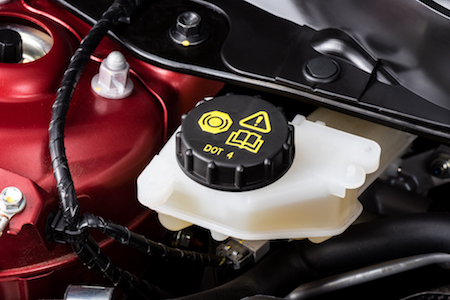
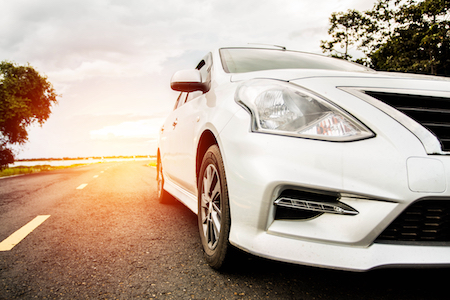 A car sitting in a garage, barely used, sounds like the perfect way to preserve a vehicle. If it doesn’t hit the streets regularly, nothing wears out … right?
A car sitting in a garage, barely used, sounds like the perfect way to preserve a vehicle. If it doesn’t hit the streets regularly, nothing wears out … right?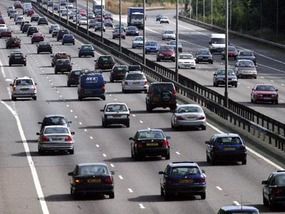 Air quality affects all drivers no matter where we are. Many decades ago, people began to become more aware of how air pollution negatively affects our health. But have you ever thought about the air quality inside your vehicle?
Air quality affects all drivers no matter where we are. Many decades ago, people began to become more aware of how air pollution negatively affects our health. But have you ever thought about the air quality inside your vehicle?